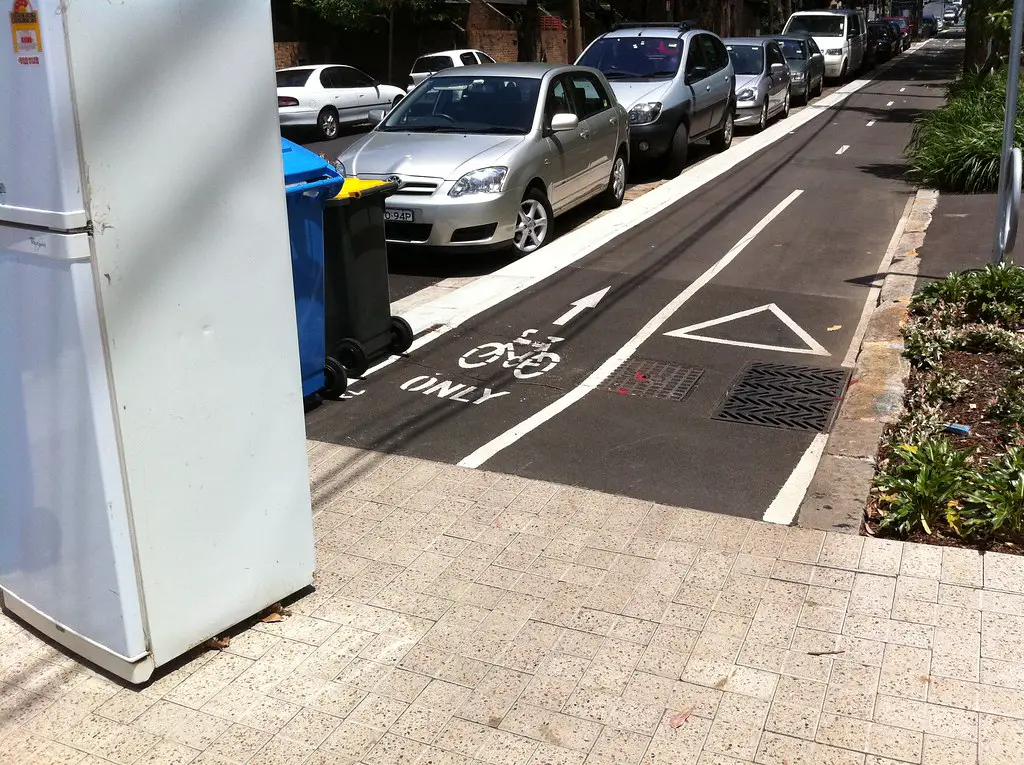Both New York City’s recently opened High Line park, and Los Angeles’ answer to it, the Hollywood Freeway Central Park, are reminiscent of the City Beautiful movement – the turn-of-the- 20th century planning approach responsible for such enduring landscapes as Central Park and Prospect Park. A century later, cities are still building parks that reclaim and readapt space in unconventional ways. Today, new parks not only serve as destination points for residents and visitors, but they act as tools for increasing the city’s global profile.
The proposed Hollywood Central Park will run on top of Highway 101 between Hollywood Boulevard and Santa Monica Boulevard. Like NYC’s reengineering of the landscape to create their Central Park was revolutionary for its time, LA’s idea to rethink the purpose of its highways is similarly innovative — a concrete deck will be built above the freeway with soil, plantings and other man- made decorative park elements.
The similarities between the two cities don’t end there. Los Angeles’ motives are only slightly different from those of New York City in the City Beautiful days. Hollywood Central Park will of course serve as a much-needed green oasis in the city of freeways and provide a compelling reason for Angelenos and tourists to get out of their cars. Perhaps more importantly, it is a ‘global city’ branding project that aims to create a unique destination point like New York City’s High Line.
LA’s reputation as the quintessential car city leads many to think of it as ‘park poor’. But many areas in LA boast abundant parks. When the decking project was first proposed, the promoters of Hollywood Central Park asserted that it would bring much needed park space to Los Angeles. But nestled between Griffith Park (LA’s biggest, at 4,210 acres) and Echo Park, and in close proximity to Hollywood Memorial Park, Hollywood Central Park may not be located in a park poor area of Los Angeles. This begs the question, why here?
In most city projects there lies a fine line between needs and politics, and the reality is that it is hard to get unconventional projects built without the backing of an influential City official. A project like Hollywood Central Park is controversial and very expensive. When it was first proposed, some thought it was more of a Hollywood dream than a real project. Today those sentiments are all but memories.
Eric Garcetti, the local area councilmember and LA’s City Council President (and a Columbia alum), is the political muscle behind this project. Even though there are only a few stretches along the freeway that are suitable for a decked park, his support answers the question of location — the project needs to be within his district’s political boundaries to justify his level of support.
In 2006, the Hollywood Chamber of Commerce unveiled the first iteration of the plan, stretching the park between Hollywood and Sunset Boulevard. In 2007, Garcetti led a City Council vote that expanded the project to Santa Monica Boulevard, increasing the proposed parkland to 44 acres. Even though the project will be mostly funded by foundations, the council president’s support is crucial to getting a project of this scope and cost (estimated at $950 million) built.
Park support continues to grow. Friends of Hollywood Central Park is a non-profit organization that advocates full-time for the realization of the park. The California Endowment, the William and Flora Hewlett Foundation, and the California Wellness Foundation have all been identified as potential sponsors. Last year Congressman Xavier Becerra (D-Los Angeles) also agreed to request $5.85 million from the federal government to help build the park.
Hollywood Central Park is part of the ongoing effort to revitalize Hollywood by rethinking its brand and making it a more livable community and a more dynamic tourist destination. From both a resident’s and a tourist’s perspective, Hollywood Central Park is a good thing. The increased vertical density that results from LA’s recent densification means that there are fewer private lawns that Angelenos can enjoy during the weekend.
At the same time, a big complaint about LA from tourists is that all of the attractions are sprawled out in different neighborhoods, which makes touring the city very difficult. Hollywood Central Park will be between Hollywood and Downtown LA (both well- served by transit) and should increase connections between both neighborhoods. Hopefully it will also ameliorate some of the city’s car dependency by re-greening part of the infamous concrete network of LA’s freeways. Only then might it enter the pantheon of the world’s great parks.
Photo: Nick Reynolds


